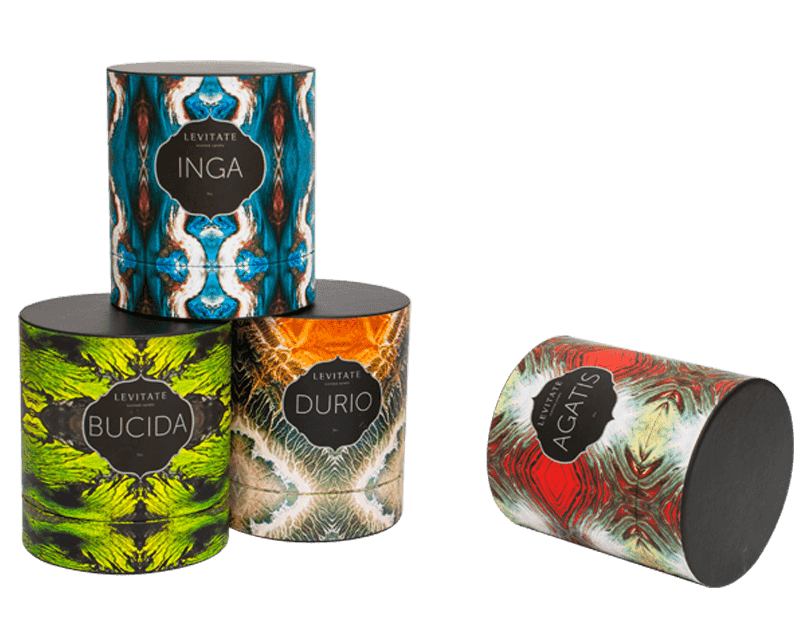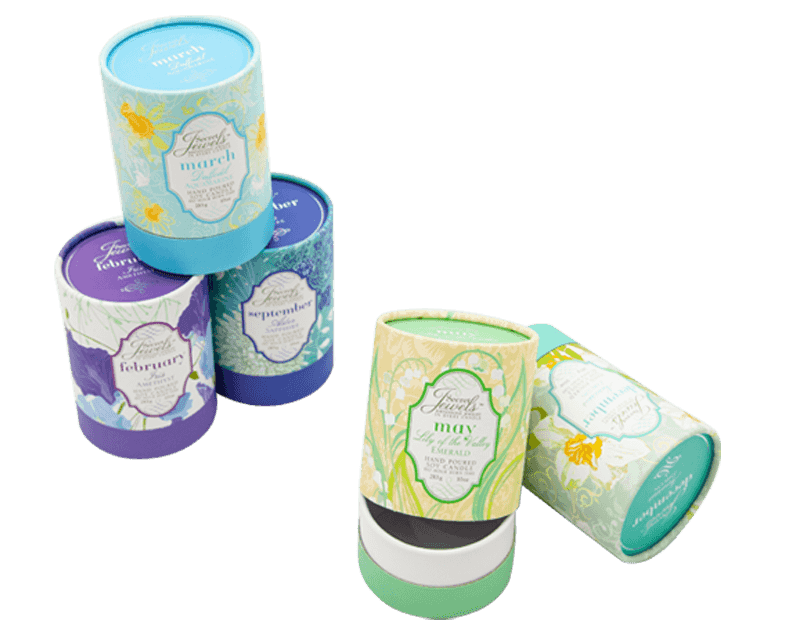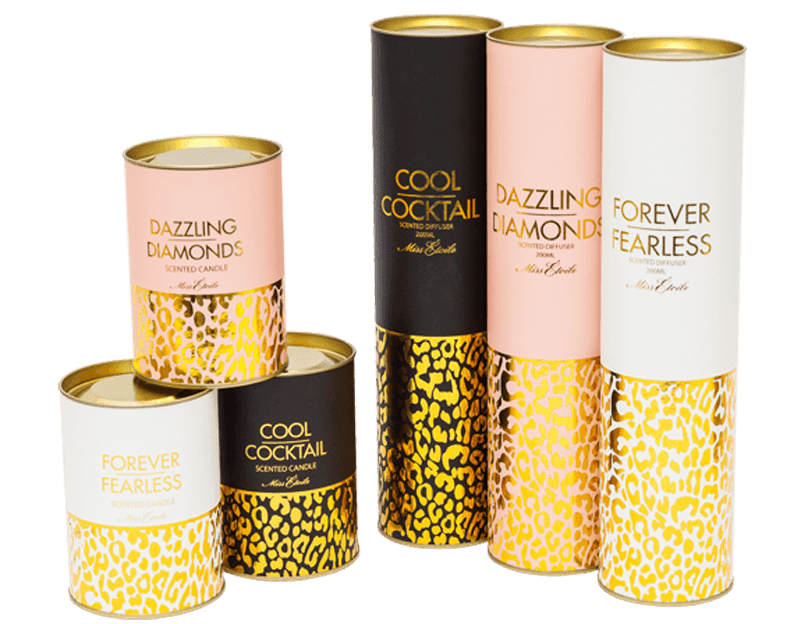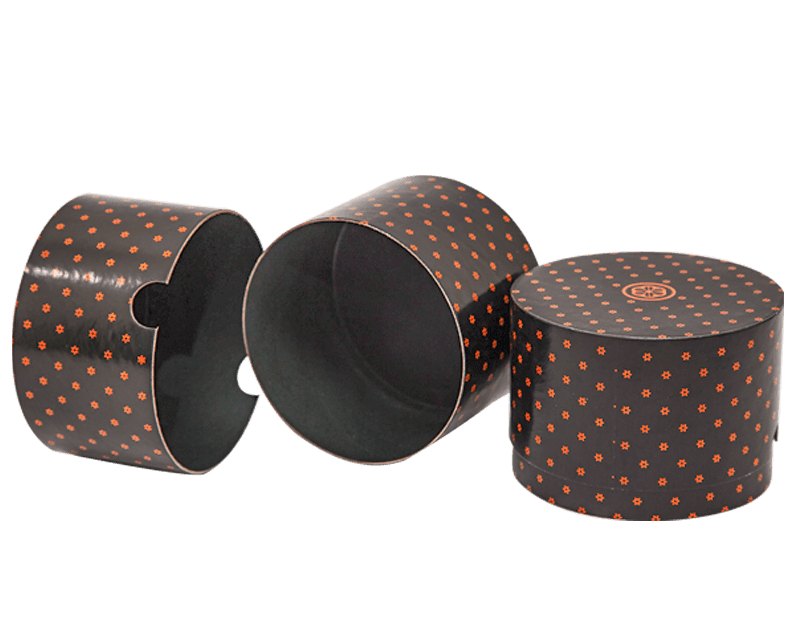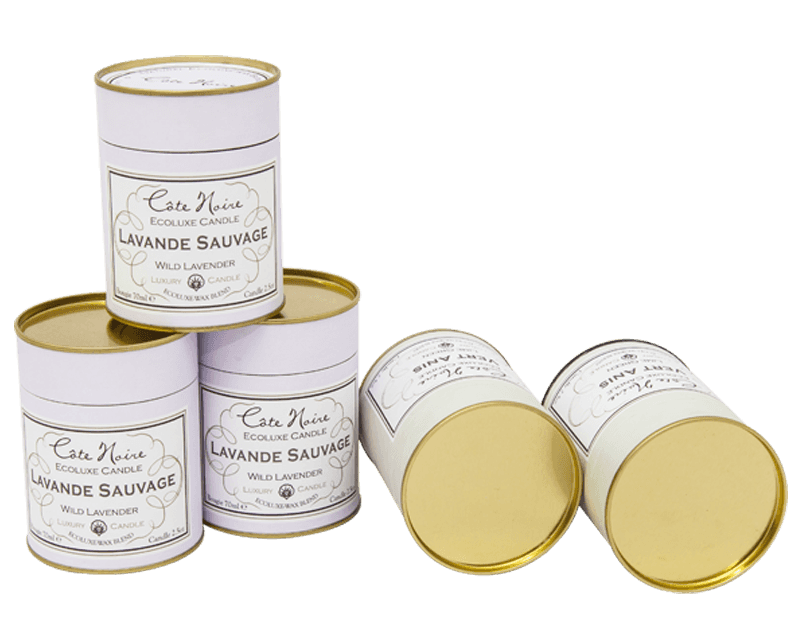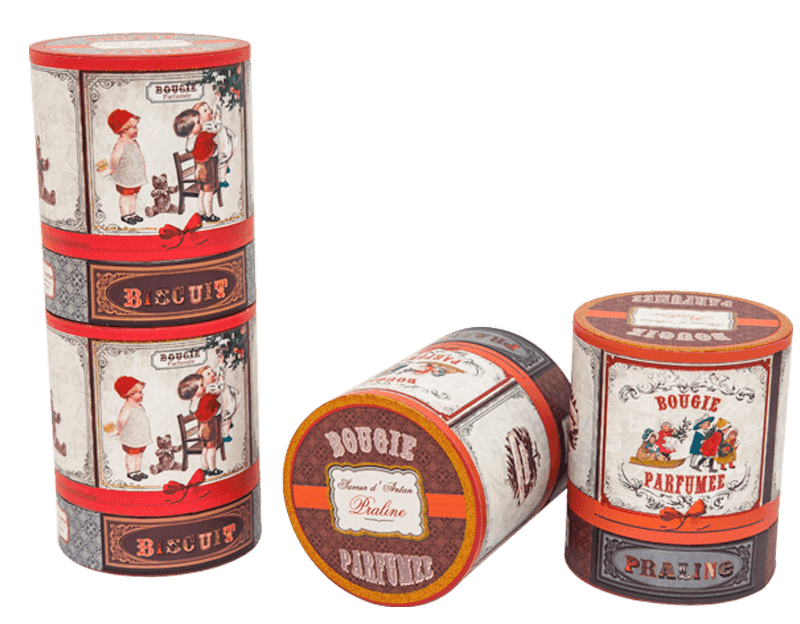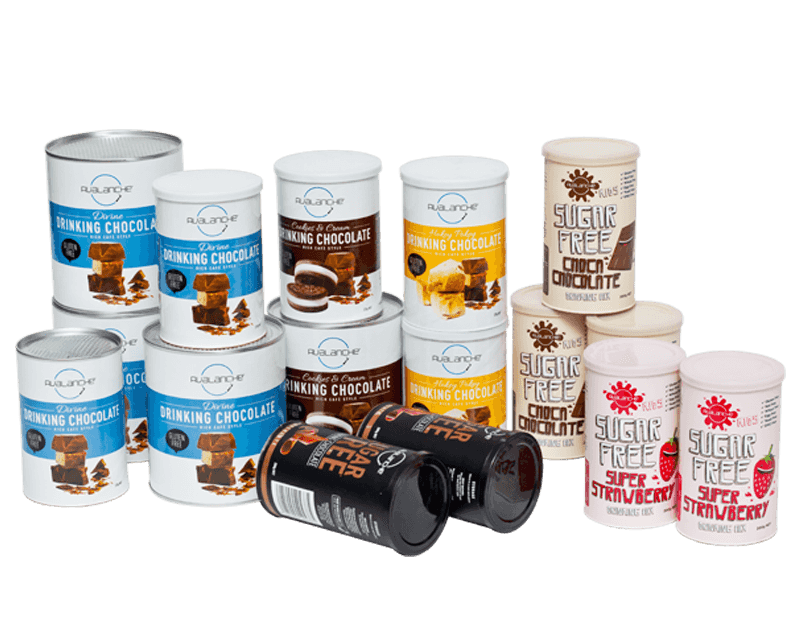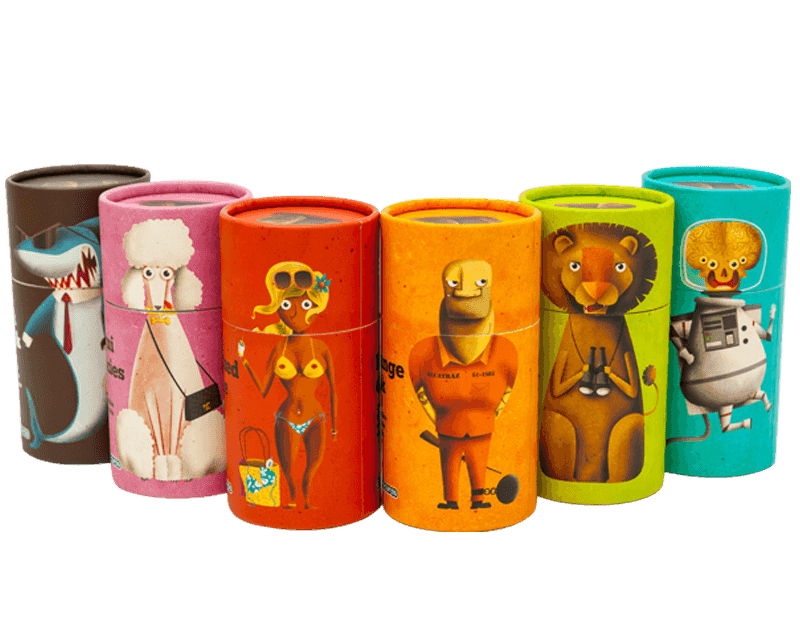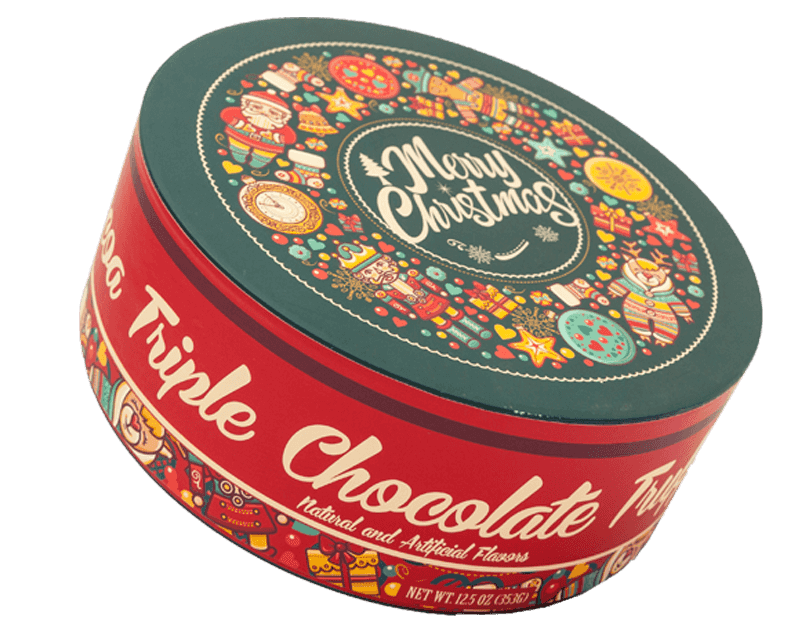As one of the top China cardboard tube packaging manufacturers and paper tube packaging suppliers, we devote all of our efforts to research and launch more high quality packaging products to global market.
The world of product packaging is a delicate balancing act, particularly when it comes to cylindrical containers like tubes. For manufacturers, the closure is arguably the most critical component, directly influencing two key metrics: shelf life and user-friendliness. This is especially true in specialized markets like Tea Tube Packaging, where preserving delicate aromas and preventing moisture ingress is paramount, all while ensuring an enjoyable experience for the consumer.
The Shelf Life Imperative: Barrier Function and Seal Integrity
The primary function of any closure is to maintain the integrity of the product and extend its freshness. This is achieved through effective barrier properties against external factors that cause degradation.
-
Airtight and Hermetic Seals: For products sensitive to oxidation or moisture—such as loose-leaf tea within Tea Tube Packaging—an airtight or hermetic seal is non-negotiable.
-
Screw Caps (with Liner): A traditional screw cap, especially when paired with an internal foil or foam liner, provides a high-security, strong, and consistently tight seal. The liner is the key barrier, significantly protecting against air and moisture, thus maximizing shelf life for dry goods.
-
Pull-Tab or Peelable Foil Ends: Often used on the bottom or top of paper or composite tubes, these create an initial, robust, tamper-evident barrier. While not designed for re-sealing, their integrity upon initial purchase is unmatched, crucial for guaranteeing peak freshness.
-
-
The Role of Material: The closure's material works in tandem with the tube material (e.g., laminated or foil-lined paperboard for tea). For high-barrier requirements, a polypropylene (PP) or polyethylene (PE) cap with a strong sealing mechanism is preferred over simpler options that may allow "breathing" or moisture vapor transmission.
The Impact: A poorly chosen closure, even on a high-barrier tube, can introduce minute levels of oxygen or moisture, leading to faster degradation, loss of aroma/flavor (critical for tea), and ultimately, a reduced shelf life.
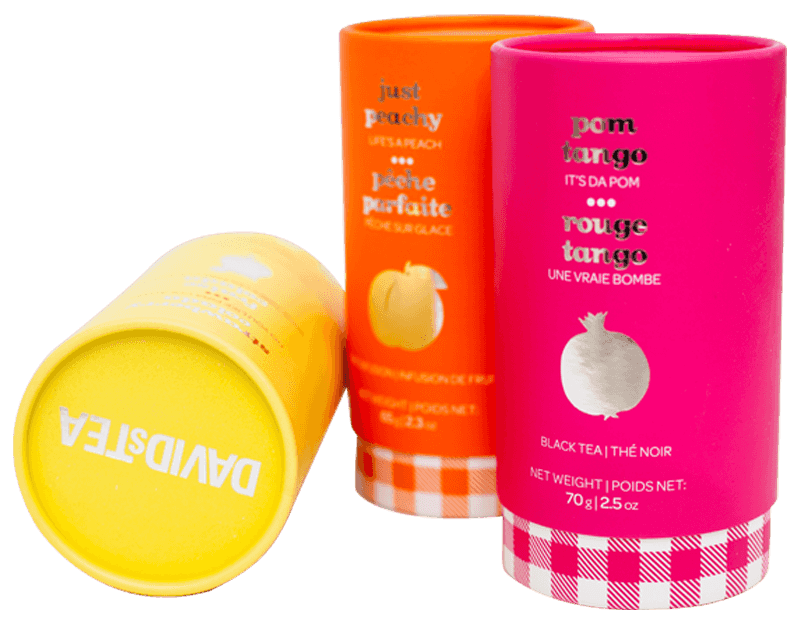
User-Friendliness: Dispensing, Convenience, and Reusability
While shelf life is about protection, user-friendliness is about the everyday interaction with the product. A clunky or frustrating closure can negate the quality of the product inside, leading to negative consumer perception.
Application in Tea Tube Packaging:
For premium Tea Tube Packaging, which is often designed to be kept on the counter and reused, the closure must strike a balance.
-
A high-quality, tightly-sealing screw cap is often chosen to protect the delicate flavor profile of loose-leaf tea over the long term, prioritizing preservation over instantaneous access.
-
Conversely, for a single-serving or novelty tea tube, a simple friction-fit plug or metal/paper cap may be selected for ease of use and aesthetic appeal, often assuming the internal product is sealed in a protective pouch.
Conclusion: A Strategic Design Choice
Ultimately, the choice of tube closure is a strategic decision that reflects the product's formulation, its intended shelf life, and the brand's desired consumer experience. Manufacturers must evaluate the trade-offs: while a simple push-on cap might offer maximum convenience, a fully lined screw cap provides superior barrier protection. The correct choice ensures the product remains fresh and potent until the last use, fostering brand loyalty and minimizing costly spoilage.
 English
English Español
Español
